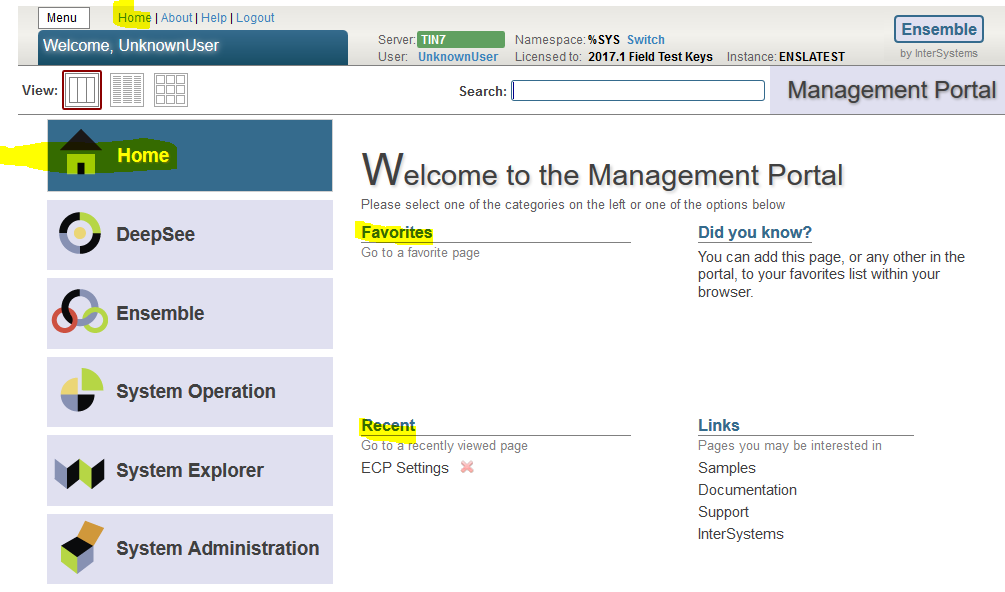Hi,
I have Healthshare/Ensemble version 2015.2.1.
I created Business Operation in my ENSDEMO namespace that will connect to an external REST endpoint to send data to this external REST Service.
I also created an http service in Home>Healthshare>Service Registry, under the Service Type: http. I entered the REST endpoint Name, Host, SSL Configuration, and URL.




